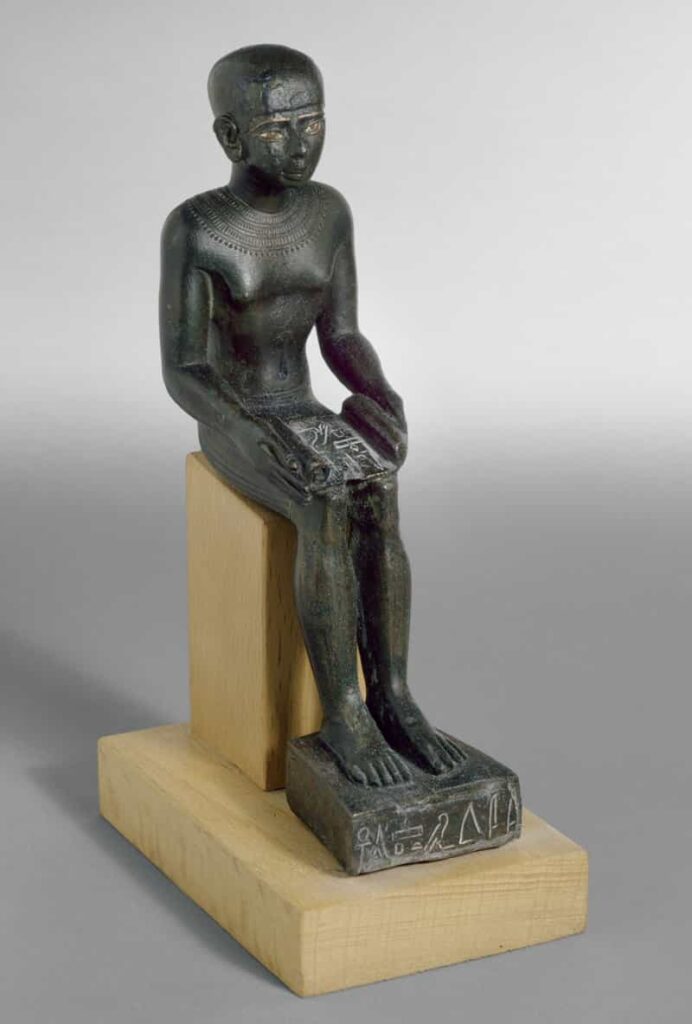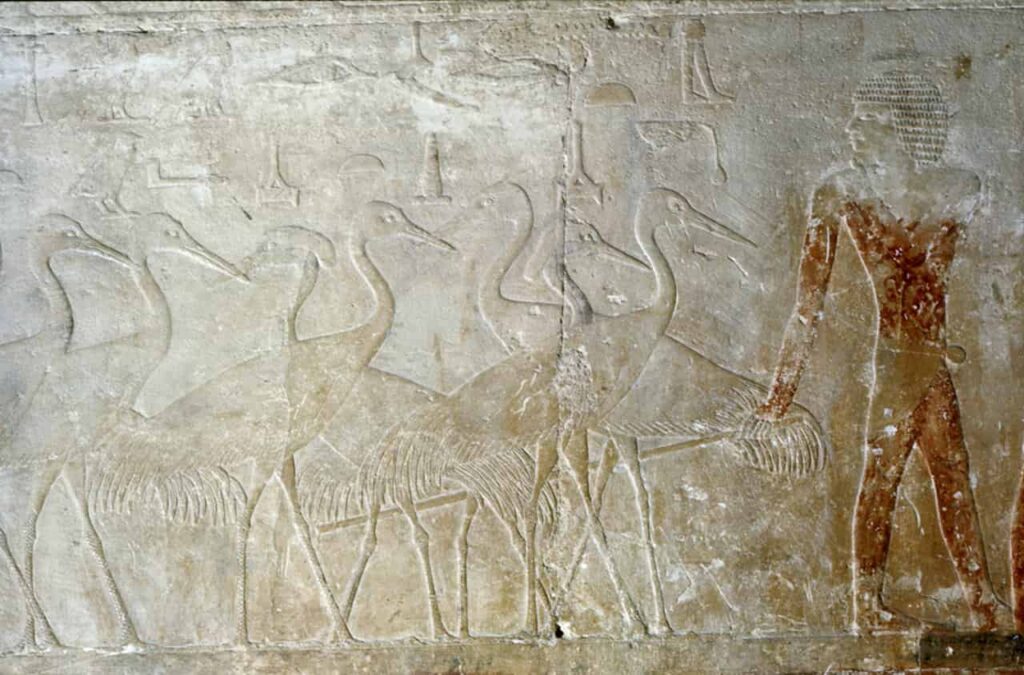While carrying out excavations in Saqqara during the 1960s, Walter Emery endeavored to discover the tomb of Imhotep, the architect of Pharaoh Djoser‘s stepped pyramid.
The British Egyptologist made a spectacular discovery: labyrinthine galleries in which priests had arranged thousands of mummified ibises that pilgrims had offered to the god Thoth during ancient Egypt’s Late Period.
In Search of Imhotep
What are the galleries of the ibis? In the 1960s, the British Egyptologist Walter Emery was determined to find the tomb of the sage Imhotep, the architect of the Step Pyramid of Pharaoh Djoser, of the Third Dynasty (2592-2566 BC) at Saqqara.
He was convinced that the great architect, doctor, and vizier, deified as a god of medicine during the Late Times, was buried there, near the tomb of his lord.
Emery discovered several important 3rd Dynasty mastabas at Saqqara. Until, in the burial pit of one of them, he found something surprising: 500 conical containers, each containing a mummified ibis. It was not Imhotep’s tomb, but there he found the entrance to what is known as the “galleries of the ibis.”
In this labyrinth of passages, there were niches with tens of thousands of these mummified birds that were arranged there by the faithful as offerings to the god Thoth, the ibis-headed divinity.
During his explorations, Emery also discovered a gallery of mummified baboons, each in its coffin and arranged in a niche carved into the limestone wall. Both animals, ibises and mandrills, were incarnations of the lunar god Thoth, divinity of wisdom and writing, and were related to Imhotep.
Mummified Ibis… And No Sign of Imhotep
Emery conducted six excavation campaigns in Saqqara in search of the elusive sage. During these campaigns, he unearthed several galleries filled with animal mummies, including one dedicated to falcons, the animal sacred to the god Horus.
In 1970, the Egyptologist discovered a stela with an inscription referring to Imhotep. It seemed that the grave of the great architect was getting closer.
However, the work in these galleries presented great difficulties due to the enormous number of bird mummies that greatly hindered and delayed the excavation.
Unfortunately, Emery died of a stroke at the foot of the canyon before he could achieve his goal. His colleague, Geoffrey T. Martin, continued the work and drew the first detailed map of the labyrinthine galleries, which stretched for miles and miles, all of them full of mummies.
Although Imhotep’s tomb remained hidden, waiting to be discovered one day, the enormous extent of these galleries gives us a detailed idea of the powerful industry of mummifying animals to sell them as offerings to pilgrims during the Late Period of ancient Egypt, beginning in 664 BC.
Source: Carme Mayans, National Geographic










